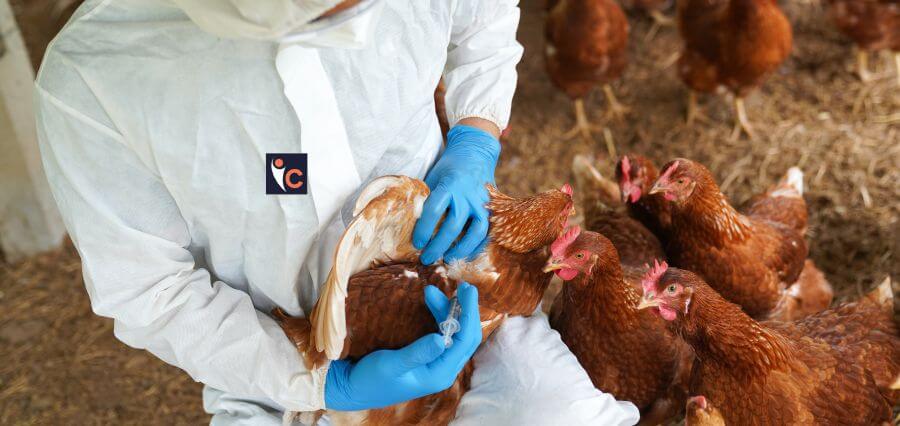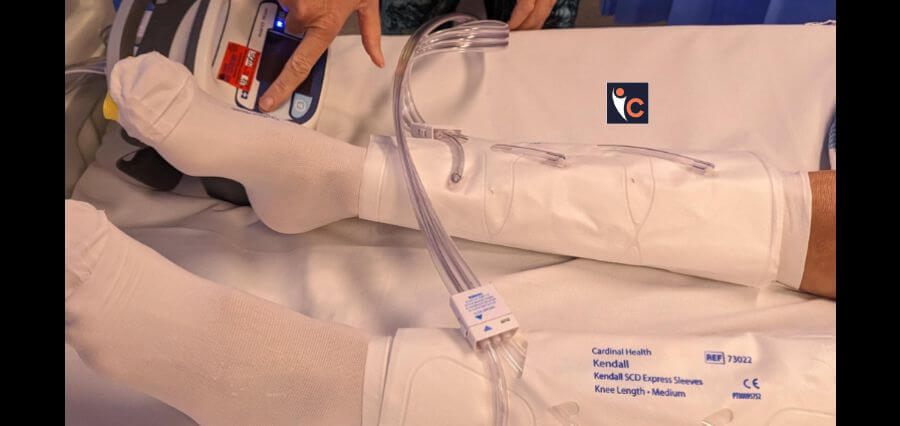The coronavirus subvariant JN.1 is currently the strain of the virus that is expanding the quickest in the US. The US Centers for Disease Control and Prevention estimate that the strain currently makes up 20% of new cases of Covid-19 infections. JN.1 is now the most common variation in the Northeast.
Concurrently, the CDC has alerted medical professionals about the necessity of boosting influenza, Covid-19, and respiratory syncytial virus, or RSV, vaccinations. According to the public health organization, hospitalizations for influenza, RSV, and Covid-19 surged by 200%, 60%, and 51%, respectively, during the previous four weeks, affecting all age categories.
Just before the holidays, when families all around the nation are preparing get-togethers, there has been an increase in infections. What is the public supposed to know about the winter viruses that are once again clogging hospitals? What safety measures must people to take during the holidays? What should travelers have in mind while they travel? And what other precautions should event planners take to lessen the likelihood that infections may spread?
Dr. Leana Wen, an emergency physician and professor of health policy and management at the George Washington University Milken Institute School of Public Health, offered insightful commentary on wellness to assist with these problems. She was the health commissioner for Baltimore before.
BA.2.86 is the parent subvariant of the JN.1 subvariant. Both belong to the Omicron strain, which has ruled since 2022. JN.1 is currently quickly making inroads into the US after having already spread to several regions of Asia and Europe. The good news is that JN.1 should still be vulnerable to our weapons. Additionally, we are far better equipped than we were two winters ago to combat the coronavirus. Both the new coronavirus vaccine and antiviral medications like Paxlovid are easily accessible. In the CDC’s advisory to clinicians, it was stressed how crucial it is to remind patients to take advantage of available therapies and to stay current on their vaccinations.
Vaccines and treatments work together quite well to reduce serious sickness, which will relieve some of the pressure on many hospitals.
RSV and flu-related hospitalizations are also on the rise. Although there are now effective and safe vaccinations for both, vaccination rates are still low. As of November 18, 7.4 million fewer adult influenza vaccination doses were given out in pharmacies and doctor’s offices than during the 2022–2023 influenza season, according to the CDC’s clinician alert. The rates of childhood flu vaccinations are also falling; this year they are less than 36%, compared to little over 39% at this stage last year. About 15% of elderly persons who qualify have received RSV.
Everyone aged six months and above ought to have the flu shot. Furthermore, anyone over 60 can get the RSV vaccine. Vaccination lowers the risk of infection and, more importantly, the danger that an illness may worsen and eventually result in death.
Read More: https://insightscare.com/















